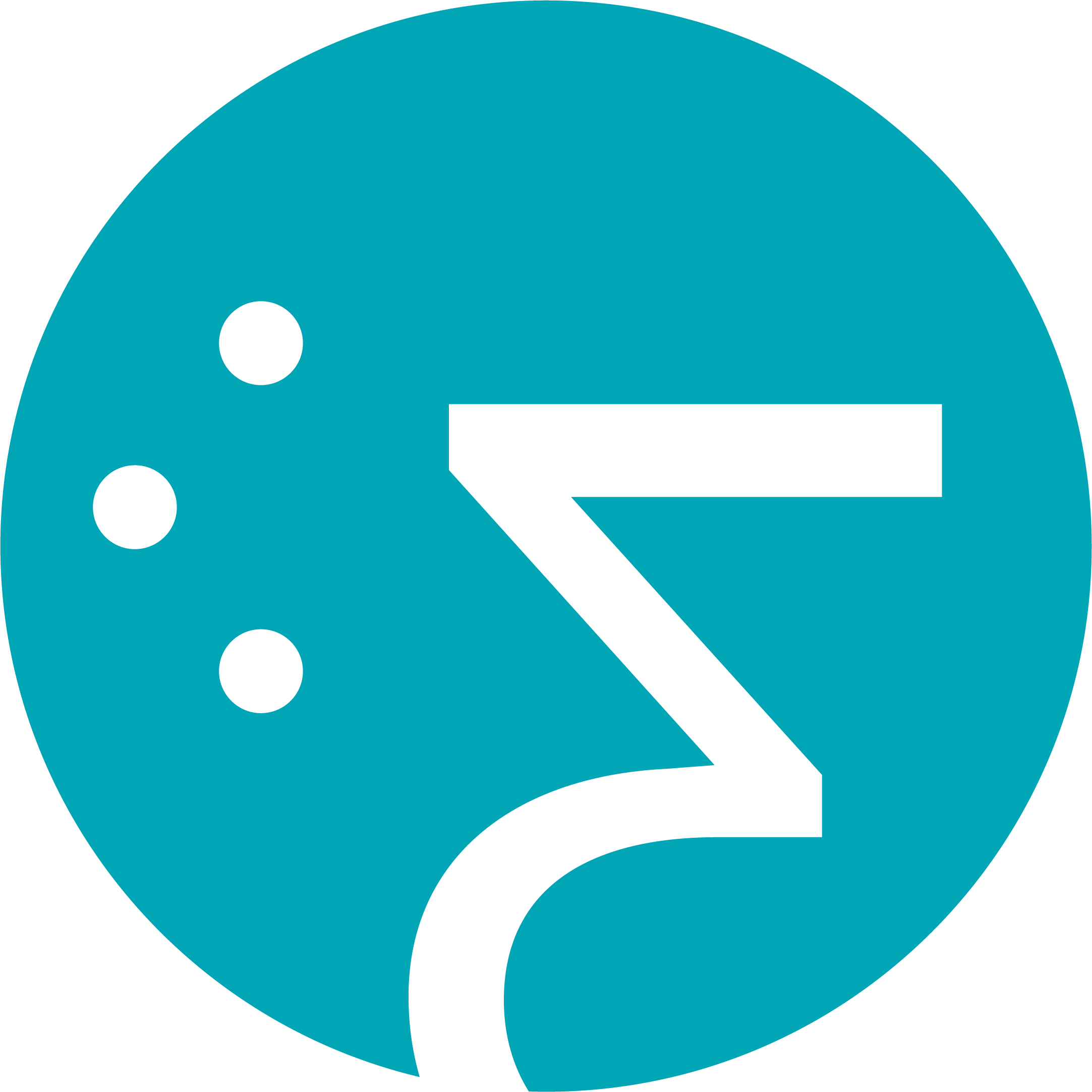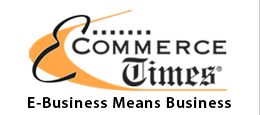Salesforce Continues to Dismantle the SaaS Integration Myth
One of the common misconceptions about Software-as-a-Service (SaaS) is that it can’t be easily integrated with legacy applications.
While this myth has been quietly disproved by various SaaS players over the past year, one of Salesforce.com’s latest initiatives lends a louder voice and provides a more powerful proof-point that SaaS/legacy application integration should no longer be a barrier to success for organizations who want to migrate from on-premise to on-demand software.
On November 27, 2006, Salesforce.com unveiled its latest innovation, ApexConnect, a new set of on-demand integration tools that build on the success of its AppExchange partner program and the promise of its new Apex development platform.
ApexConnect adds a new ConnectOut feature to the Apex development platform which permits the industry’s first on-demand outbound messaging API. Salesforce.com has kicked off the ApexConnect initiative with a new ConnectOracle API for integrating Salesforce with Oracle 11i, historically one of the biggest integration challenges for major enterprises.
(The ConnectOracle API also represents an interesting new chapter in the subplot between Oracle, Salesforce.com and NetSuite. The founders of the two on-demand software companies share a common lineage as co-workers at Oracle. Marc Benioff of Salesforce.com has relished his role as an industry rebel and the black-sheep of the Oracle family, while Evan Goldberg at NetSuite has maintained a closer working relationship with Oracle than his renegade cousin. While ConnectOracle API makes it easier for Salesforce.com and Oracle to co-exist, it eliminates Oracle integration advantage NetSuite has promoted and further agitates the personal dynamics between these personalities.)
Salesforce.com is also adding a new ApexConnect category of integration partners to its AppExchange to encourage third-party adoption of its new tool set and to foster third-party services to help enterprises leverage the new integration tools.
The ApexConnect integration capabilities is the latest manifestation of Salesforce.com’s multi-tenant architecture. They are also the most recent and strongest example of the determination of the SaaS movement to knock down the practical and psychological barriers which continue to inhibit many enterprises from adopting on-demand software.
While the proportion of organizations joining the SaaS movement and adopting on-demand software is rising, a quarter of the respondents to a recent THINKstrategies SaaS survey in conjunction with Cutter Consortium are still hesitant to make the move because they are not convinced SaaS can be customized to meet their corporate requirements. Customization and integration often go hand-in-hand. (Contact me if you’d like to learn more about THINKstrategies’ latest SaaS survey.)
THINKstrategies expects Salesforce.com and a rapidly expanding array of other SaaS players to help a rapidly growing population of customers overcome these obstacles in 2007.



